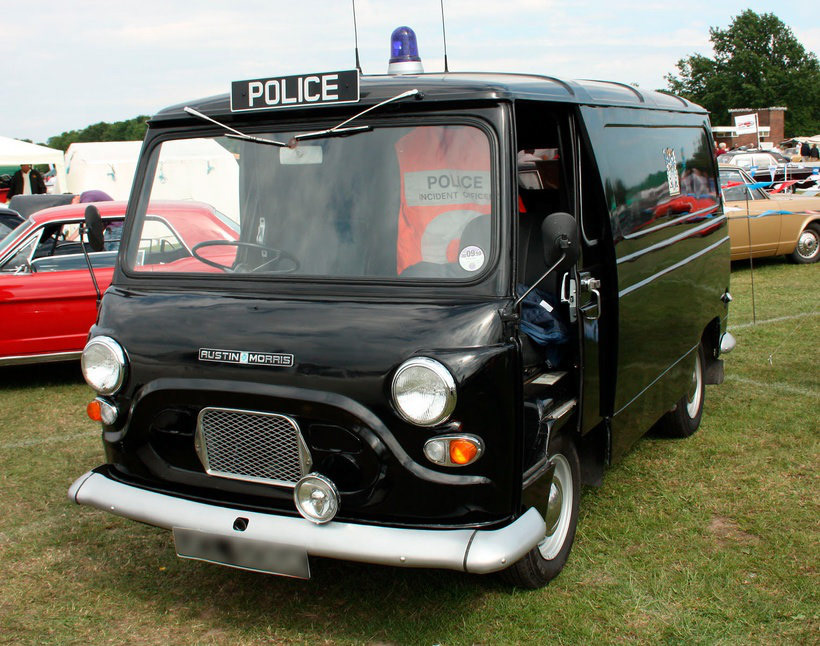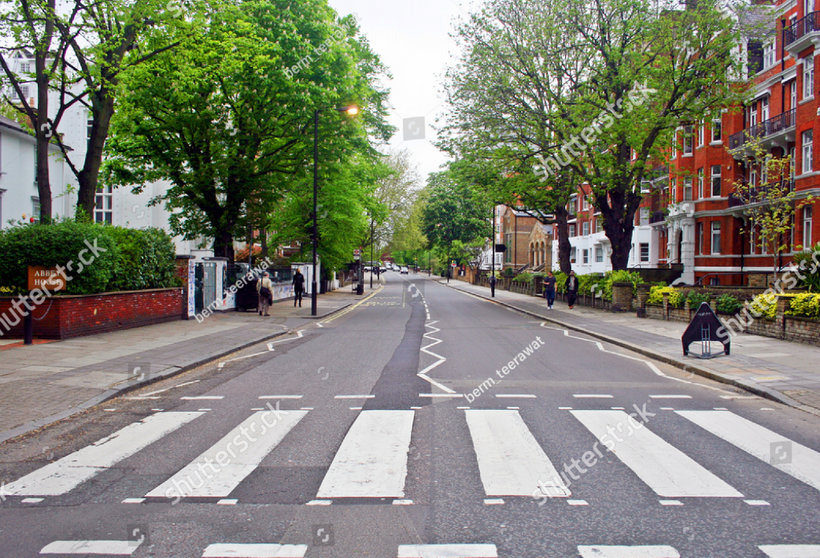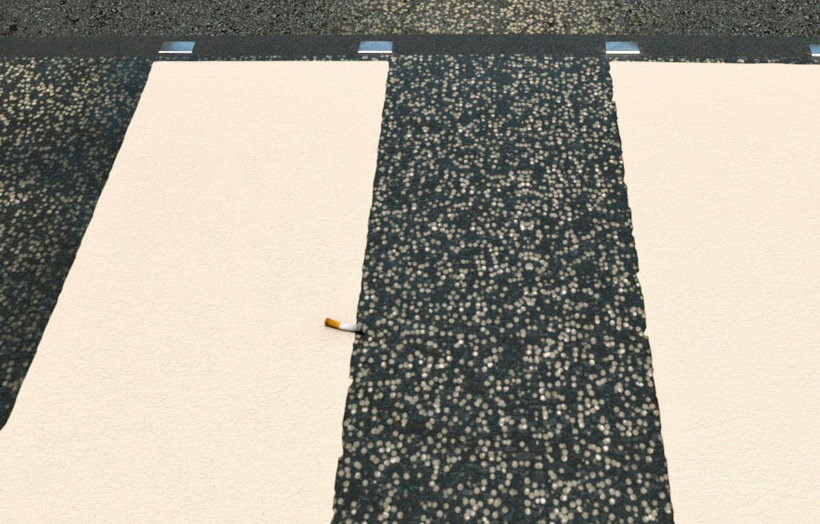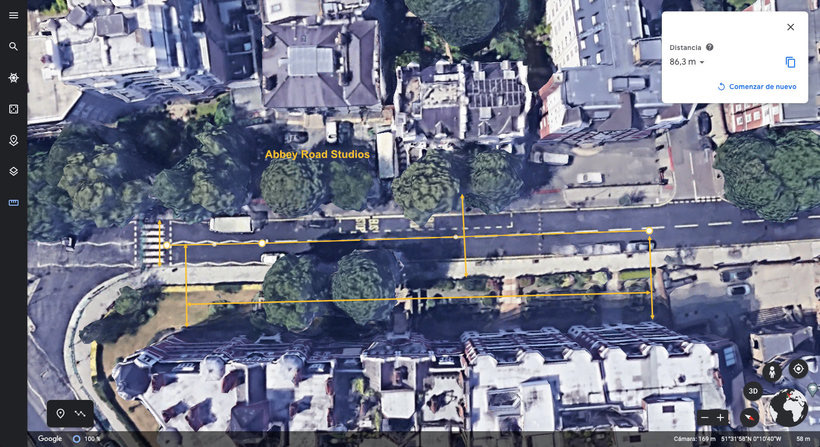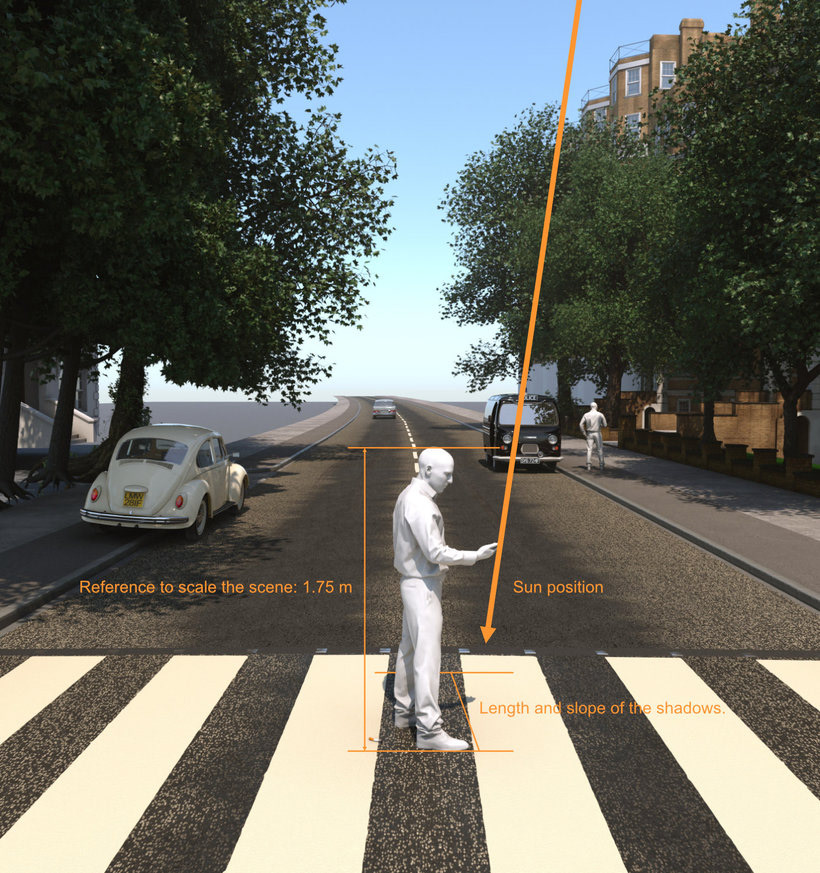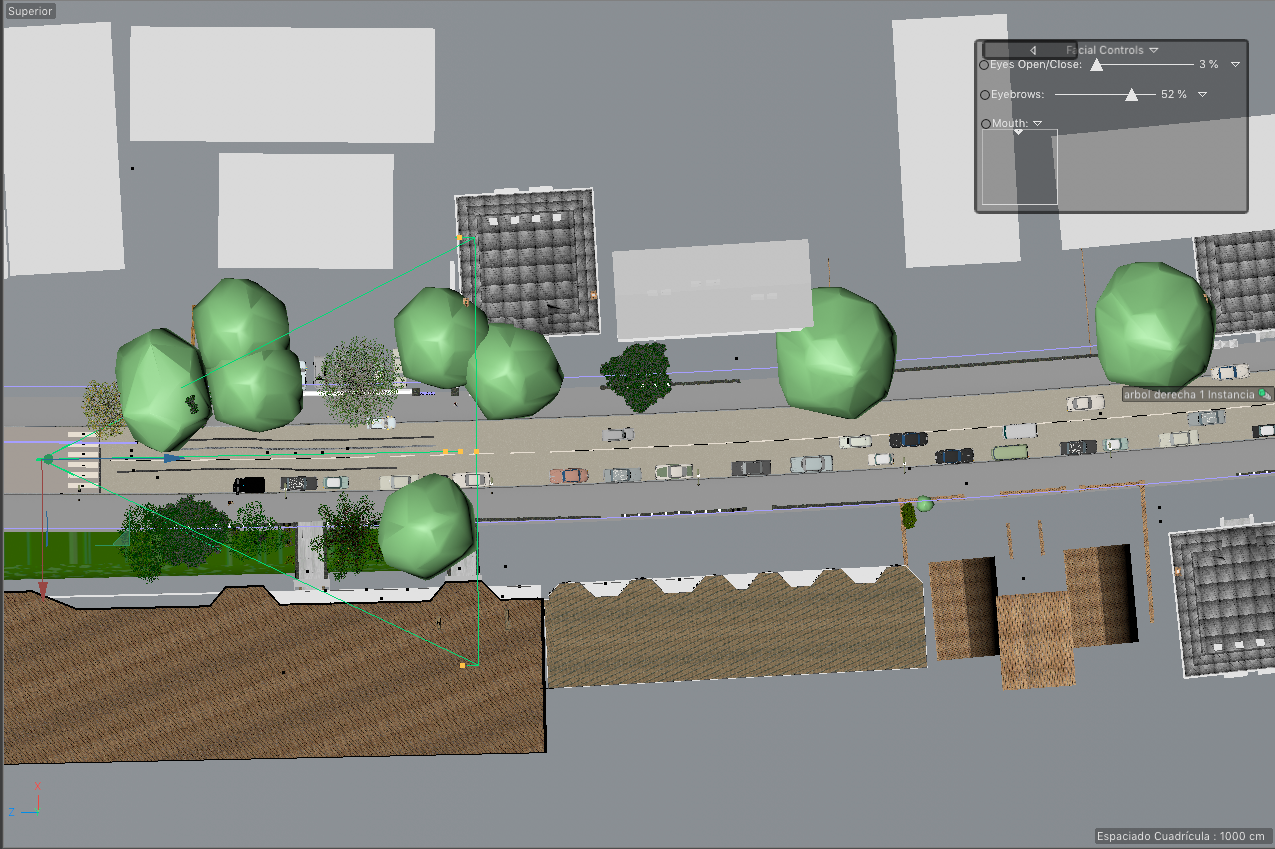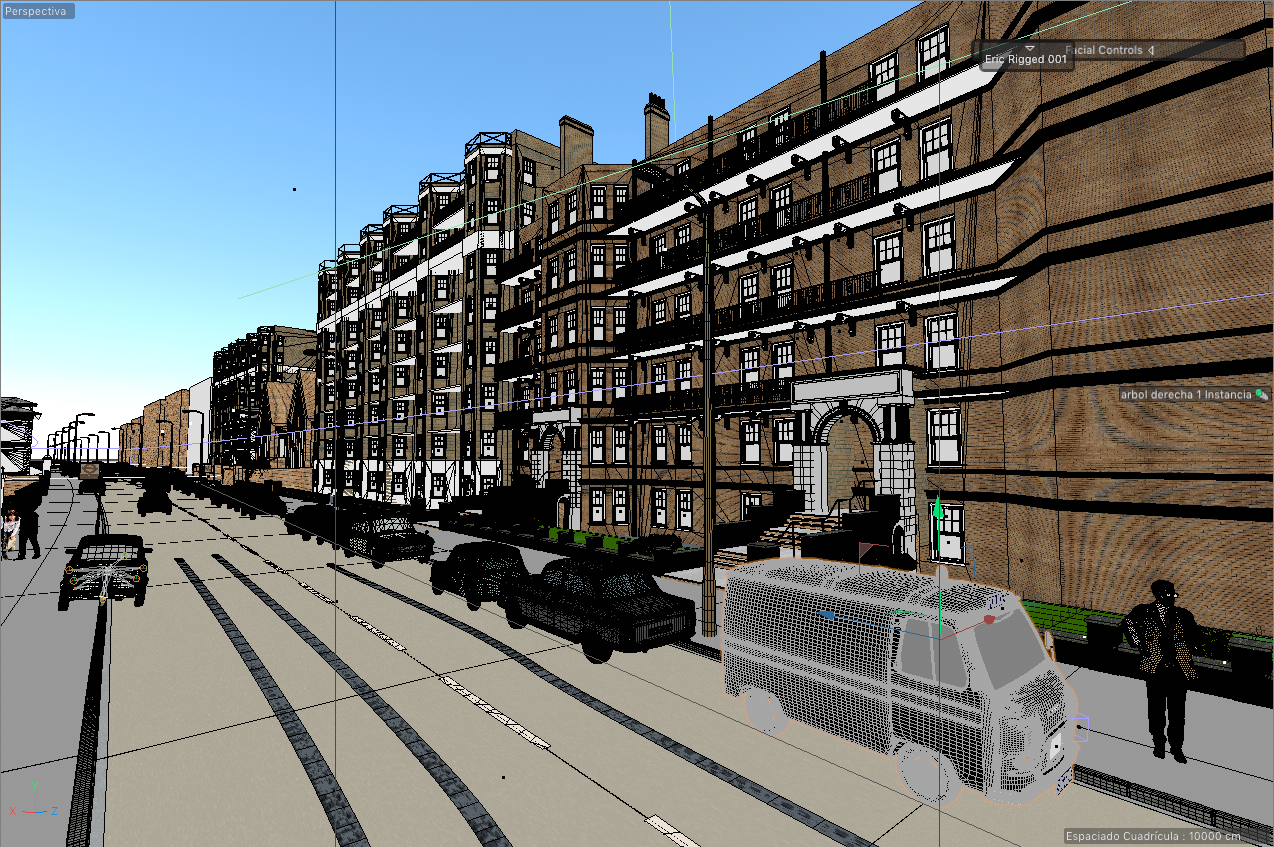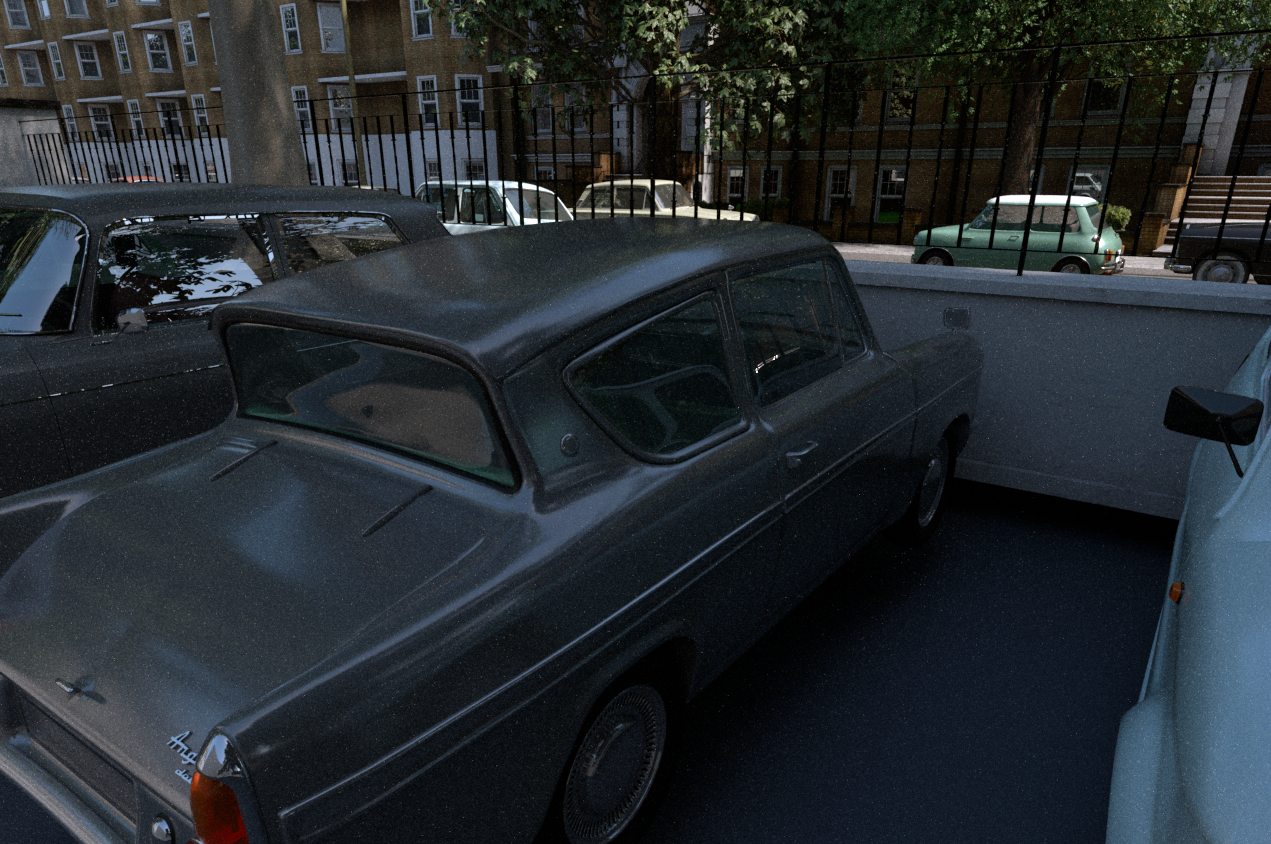Abbey Road, London, August 8, 1969 at 11 a.m., minutes (or seconds) after The Beatles crossed this mythical zebra crossing.
Description
London, August 8, 1969 at 11 a.m., seconds after The Beatles crossed this mythical zebra crossing, probably the most famous zebra crossing in the world.
To create this 3D illustration I took the original photograph of the album cover as a reference to adjust the perspective, the elements that appear in the image and the color tones. Searching the Internet I found information about how the photo was taken, the camera used, the shutter speed and the aperture value, information that I entered into the Corona Renderer camera in Cinema 4D.
To illuminate the scene I used the sun and sky that come by default in Corona Renderer and made the necessary adjustments so that the position of the sun (lights and shadows) coincided with the original photograph.
From that photograph and with the help of Google Earth, I was able to calculate the perspective and distances from the camera, which was located just in front of the zebra crossing, to the visible horizon of the photo. I entered the road coordinates in GE and took several measurements. I measured the distance from the zebra crossing, which fortunately is still in the same location as it was in 1969, to the recording studios entrance door, the width of the sidewalks and the road, the length of the wall of the aforementioned studios and of the building that appears on the right, which is currently reddish but has a more ocher tone on the album cover, and I calculated the total length of the road as well as its curvature and slope, to have these measurements as a reference to place the vehicles and other objects in their correct position.
I found a very interesting website about all the types of trees in London and their location, information that, together with several photographs of the place, both from 1969 and current, helped me to generate the vegetation in the most realistic and credible way possible (position, inclination, size and type of tree).
The vehicles, except the Volkswagen Beetle and the police van, are models of that time, but they are not the ones that seem to appear in the photo since it is almost impossible to determine exactly which cars are in the original photograph. What I did was place them in roughly the same position and direction, as well as maintain the car body colors.
As you can see, everything in this project has been calculated so that the final result is as similar to the original as possible, I hope I have achieved it.
PS: the butt that is on one of the zebra crossing lines is the cigarette that McCartney is holding in his right hand on this mythical cover.
This illustration is part of a series of works in which I have mixed two of my greatest passions, rock music and CGI.
3D digital illustration made in Cinema 4D, Corona Renderer and Affinity Photo for post production.
About the original album cover photo.
The photo is based on a pencil sketch that McCartney gave to photographer Iain Macmillan, a freelance photographer and a friend of John Lennon and Yoko Ono
Macmillan took the photos in Abbey Road in North London, on the morning of Friday 8 August 1969 with a Hasselblad camera, with a 50mm wide-angle lens, aperture f22, at 1/500 seconds. A policeman held up the traffic as Macmillan, from a stepladder positioned in the middle of the road, took six shots as the group walked across the zebra crossing just outside the EMI Studios. He only had 10 minutes to take the pictures.
